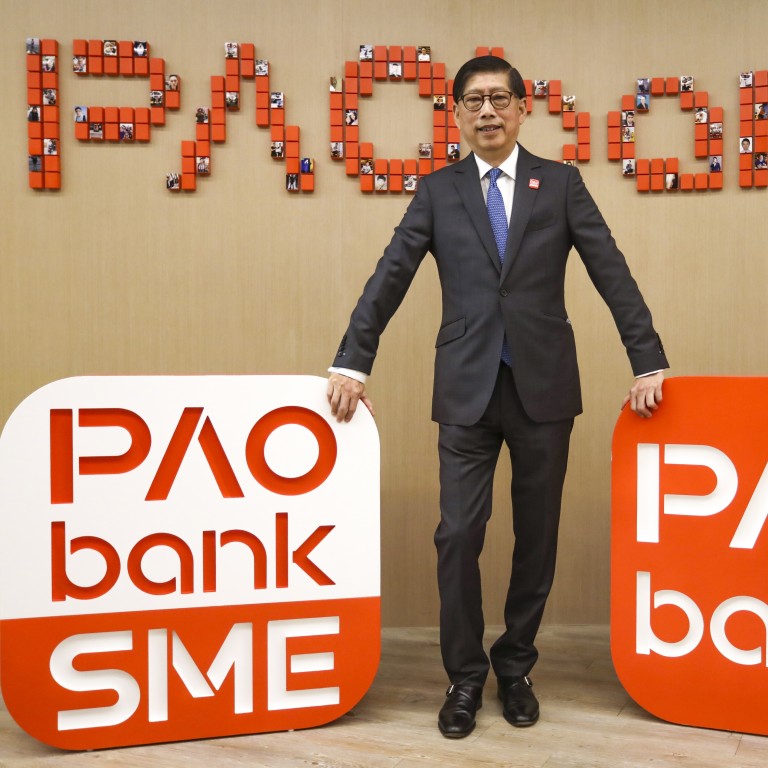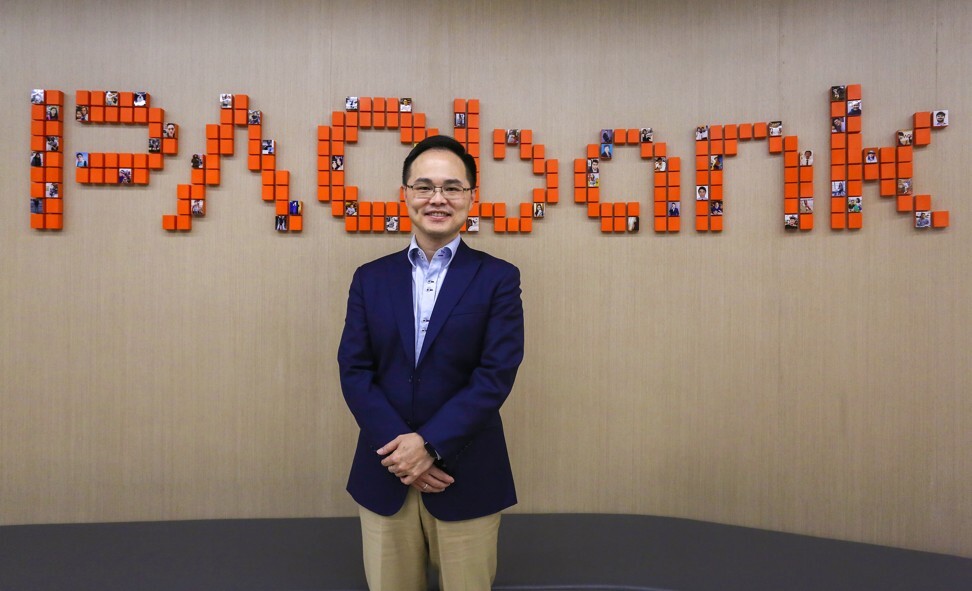
Ping An OneConnect sets the pace as Hong Kong’s virtual banks deliver better services to SMEs, keep sector giants on their toes
- Ping An OneConnect, which is owned by insurance giant Ping An, is the first virtual bank to focus completely on SMEs
- Hope to become profitable in about three years’ time, chairman says

04:13
Small businesses in China's Xian still struggling a year after controlling Covid-19 pandemic
“With the adoption of technology and data from our partnership, we have achieved a good loan book without any bad debt – that is a good first year. We hope to become profitable in about three years’ time,” Dicky Yip, Ping An OneConnect’s chairman, told the South China Morning Post. The bank has partnered with Tradelink Electronic Commerce, a government-backed e-commerce services provider, to get client referrals and uses Tradelink’s data for credit assessments.
The bank has attracted 1,000 SMEs, which have borrowed a total of HK$1 billion (US$128.5 million) over the past year. There were no overdue cases or bad debt currently, according to bank data. It has a 41 per cent market share of the 90 per cent guarantee loan programme supported by the Hong Kong Mortgage Corporation.
Ping An OneConnect has kept account running costs at US$128 a year per corporate client, as it does not need to pay rent for a physical branch and does not need a big team of staff for marketing or credit approval processes.
“Traditional lenders with branches and big teams have high running costs and complicated structures. This means account running costs amount to US$800 per year, which is too expensive for serving small corporate clients,” Yip said.

Yip, who turned 74 this year, was formerly the head of China at HSBC, where he worked for 47 years until his retirement in 2012. He said the virtual lender did not need to diversify into retail banking. “A traditional lender needs to provide comprehensive services, from credit cards and wealth management to mortgages, to customers as it needs to be a one-stop shop. A virtual bank only needs to focus on a niche sector. SMEs are one of the areas where we can compete with the bigger traditional banks,” he said.
Ping An OneConnect had also achieved its goal of financial inclusion, as 25 per cent of its corporate clients could not get bank loans earlier, said Ryan Fung Yuk-lung, its CEO. About 78 per cent of its current clients needed to submit collateral earlier as well, which the virtual lender does not require. As a next step, the bank will try and attract more clients from among consumer and retail businesses, he added.
Meanwhile, HSBC, Hong Kong’s biggest bank, said 85 per cent of its commercial customers were now using digital channels for banking services. It has launched more than 10 new digital services to support SMEs since 2017.
“HSBC has improved its digital services for SMEs in recent years. It is because of competition from the newly launched virtual lenders. As such, it is good to have more choices,” said Derek To Chik-lun, who runs dim sum restaurant DHYC in Hong Kong’s Tseung Kwan O district.

